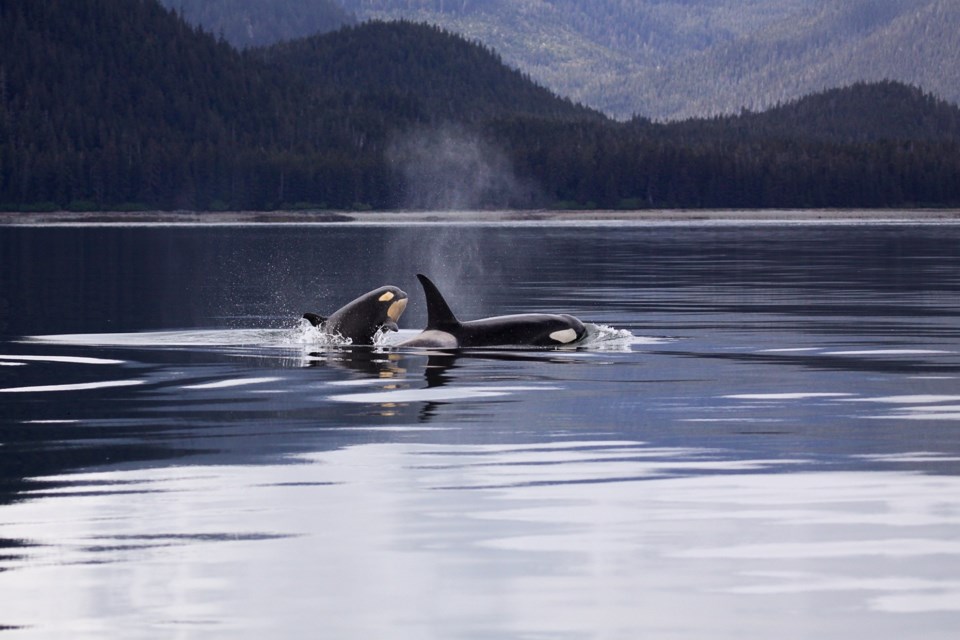The increasing trend of locals getting out on Howe Sound and the ocean beyond is fantastic.
Interest in boating has been booming throughout the pandemic as residents and visitors seek places to recreate that aren’t jam-packed.
It could be argued that previously we were a bit like folks at a pre-COVID house party who crowded into the ‘kitchen’ — local trails and lakes — without venturing into other parts of the house or the backyard.
Our backyard is incredible, and a swim, boat ride, paddle or kiteboard session confirms this.
But with more people on the water, some lousy behaviour threatens the health of the owners of the ‘house’ — marine mammals.
Fisheries and Oceans Canada sounded the alarm with a reminder late last week, advising water-visiting humans to be respectful guests.
“Fishery officers are finding that many people are unclear on the approach distances, particularly new recreational boaters, paddleboarders, canoeists/kayakers and drone operators,” the release states.
“Approaching marine mammals too quickly, coming too close or making too much noise can disturb, stress or even harm these wonderful creatures.”
The rule is all watercraft (motorized and non-motorized) should remain 400 metres away from all killer whales.
Stay 200 m away from dolphins and porpoises when they are resting or with a calf, and remain at least 100 m away from all other whales, dolphins and porpoises.
Throughout Canadian waters, it is forbidden to disturb a marine mammal, which means:
Don’t get closer than the minimum approach distance; don’t feed, touch or swim with the animal; don’t tag or mark a marine mammal; don’t move it, entice it or cause it to move from where it is found; don’t separate it from members of its group or come between a marine mammal and its young.
Positioning a boat to corner the animal or its group between a boat and the coast or between multiple boats is also a no-no.
Drones must keep a minimum of 304.8 m (1,000 ft) vertical distance and a one-half nautical mile (about 3,000 ft or 914.4 m) radius from the animal.
We all want to come home with that awesome image or video of an encounter with marine life on the water that took our breath away to post on social media, but no one wants our quest for likes or shares to take away the breath of these spectacular resident creatures.
They deserve better, and with knowledge, most folks will do better when they know better.
We hope.
To report a violation or marine mammal incident, contact DFO’s Observe, Record & Report (ORR) Line: 1-800-465-4336 or email [email protected].




